Spud Papers – Fiji
 Issue of 1872, Surcharged.
Issue of 1872, Surcharged.
It is in forgeries such as this sample that the world-renowned firms of Sidney, Simpson, & Co., Turner & Co., and others in Hull, largely deal. This very weed is universally in request, and has sold to a large extent. As an imitation, however, it is not first rate, being too coarse; the pearls in circle are too large, the lines in ground irregular and rough, especially under the crown on the left-hand side. The letters C.R. are of one thickness throughout, and stand out too prominently in consequence. The label above containing Fiji has a cross and ornament at each end, which, in this imitation, are greatly exaggerated, being too white, and the line down the center of the foliated ornaments is bold and distinct to the naked eye, although so fine in the original as to require a magnifying glass to distinguish its presence. The best test for this forgery is the shape of the base of the crown; in the genuine the bottom line is perfectly straight, but curved (or convex) in the specimen annexed. Another thing is, that the side-points of the crown are (in the forgery) large, and the leaves next them have no particular shape, though they appear very clear and prominent. On the genuine stamp these inner leaves require a magnifying glass, or very powerful sight, to make them out, and they are somewhat of the fleur-de-lis pattern, with five curling lines. In the surcharged letters, the c of CENTS is a small rounded capital letter, but we can see that the forgery shews a long square-looking C. The letters C.R. stand for CAKOMBAU REX; but why the gentlemanly inhabitants of the Fiji Islands can’t call a cannibal a king, we don’t know.
From “The Spud Papers” by Atless, Pemberton & Earée, 1871-1881.
 See also
See also

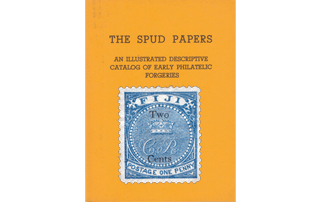
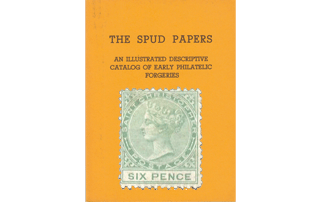
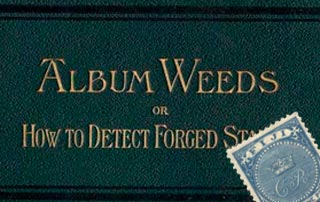

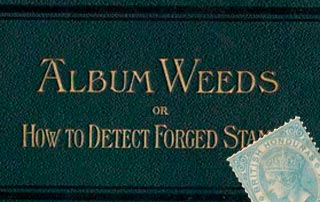
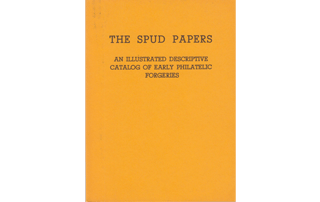
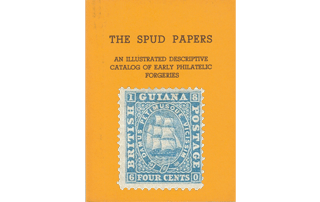

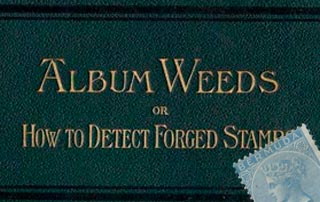
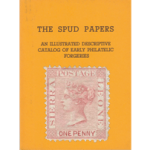
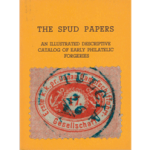
Leave a Reply
Want to join the discussion?Feel free to contribute!